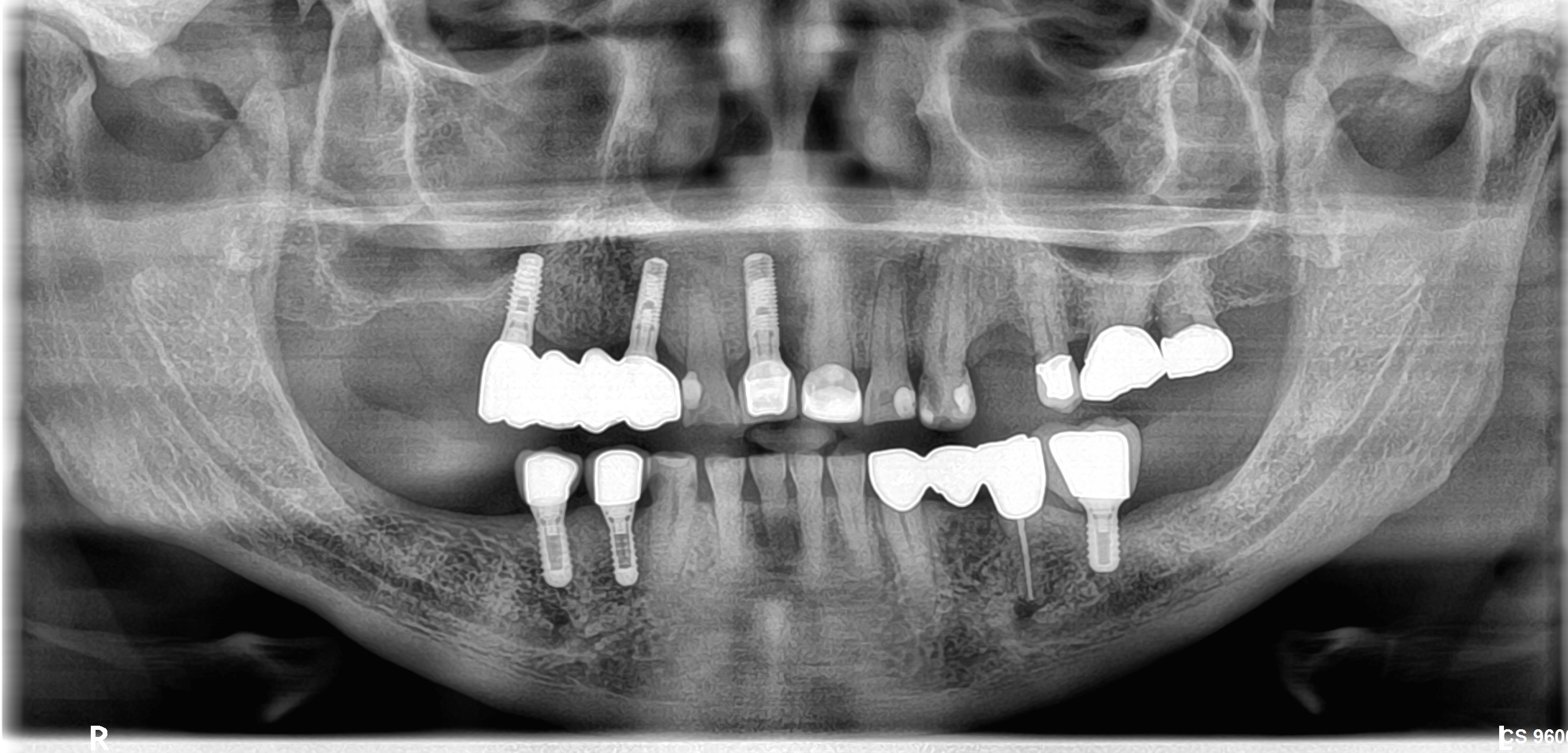Overdenture Delivery: Best Technique for Removing Redundant Tissue?
Dr. S asks:
I recently placed 4 KOS one-piece implants 3.7mm x 12mm in the mandibular anterior region between the mental foramina. I torque them to 35Ncm. They will be used to support a mandibular overdenture. At one week, the implants are firm and the area is healing well. The only complication is that gingival tissue has grown up around one of the implant fixtures and may prevent complete seating of the prosthesis. I was wondering what is the best technique for removing the redundant tissue? Also the patient is leaving in a month for 3 years and I need to deliver the overdenture. The patient is wearing a Kennedy Class I removable partial denture in his maxilla and has natural teeth from #6-11 [maxillary right canine to maxillary left canine; 13-23]. How long should I wait to deliver the overdenture?
















